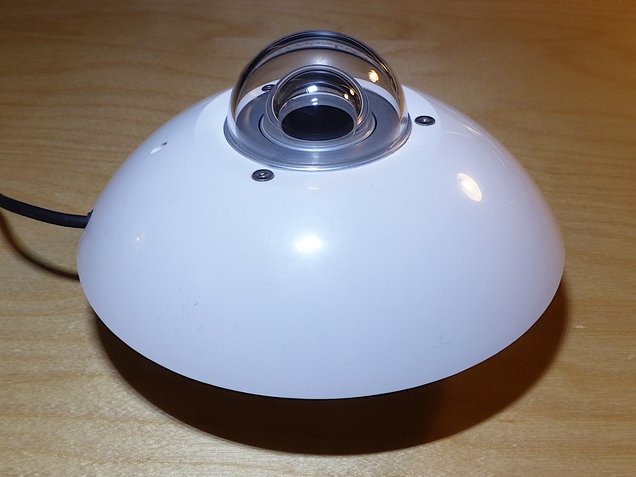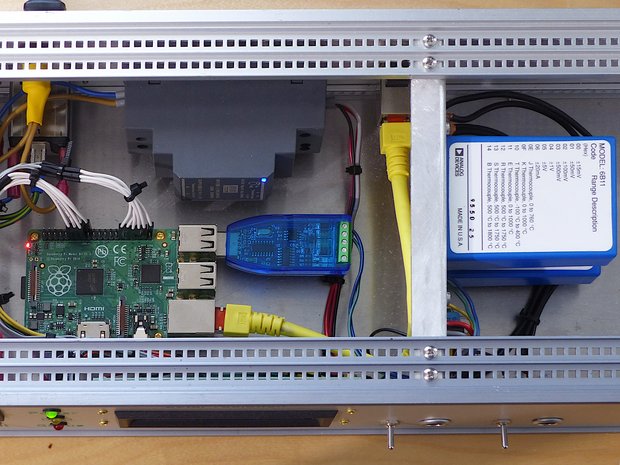

There are two kinds of radiation sensors to measure global radiation:
- Pyranometer using a thermopile
- Pyranometer using a silicon photodiode
Global radiation is defined as the total short-wave radiation from the sky falling onto a horizontal surface on the ground. It is the sum of both the direct solar radiation and the diffuse radiation resulting from reflected or scattered sunlight.
That means the radiation is not measured at the same plane the solar panels are mounted!
Global radiation is determined to compare radiation at different locations.
Unit: W/m2

Pyranometers using a thermopile are the most accurate sensors to measure global radiation. The solar radiation gets absorbed by a black coated surface of the thermopile and converted to heat. The temperature difference between that coating and the sensor body is measured by the thermopile that consists of multiple thermocouples connected in series. The voltage output signal is proportional to the solar irradiance.
The black detector coating is protected by two glass domes shaped as a hemisphere preserving the 180° field of view angle. The outer dome shields the sensor from the environment (convection, rain, snow), the inner dome further reduces longwaved radiation emerging the detector towards the sky.
The response to direct radiation varies with the cosine of the angle of incidence. Solar radiation hitting the sensor perpendicularly (normal to the surface, sun at zenith, 0° angle of incidence), has full response. At 60° angle of incidence the response will be 50%, at 90° angle (for example midnight sun when the sun is at the horizon) there is zero response.
Here it makes sense to use an additional pyranometer that is not mounted horizontally but at the same angle of the solar panels.

Pyranometers using a silicon fotodiode are much cheaper than those with a thermopile. But unfortunately the response of a fotodiode has a strong wavelength dependency (see the green line in the diagram above). A pyranometer is usually calibrated against a light spectrum with an AM (Air Mass) value of 1.5 and a cloudless sky. AM 1.5 means the length of the path through the atmosphere is 1.5 times longer than the perpendicularly path. This is appropriate to Central Europe while the AM value varies between 3 and 5 in the Arctic. In addition it is often cloudy, both resulting in different spectrums. Thus especially in the Far North the accuracy is way lower than that of a thermopile based pyranometer.

In this project a pyranometer with a thermopile is used to measure global radiation and a fotodiode based pyranometer will be used to measure radiation at different angles against the horizon.
Pyranometerne are quite weak (~10 µV/W thermopile, ~80 µV/W fotodiode). In this case Analog Devices 6B11 modules are used containing both signal amplifier, galvanic isolation and analog to digital converter.
Pyranometer manufacturers:
| Kipp & Zonen | Delft - The Netherlands | www.kippzonen.com |
| Hukseflux | Delft - The Netherlands | www.hukseflux.com |



